Here is some detailed information about Leucophyllum frutescens:
- Description: Leucophyllum frutescens is an evergreen shrub that typically grows to a height of 1 to 3 meters (3 to 10 feet) and has a similar spread. It has a dense, bushy habit with multiple branches. The leaves are small, opposite, and covered with fine hairs, giving them a gray-green or silver-gray color. The leaves are elliptical or lance-shaped, measuring about 2 to 4 centimeters (0.8 to 1.6 inches) long.
- Flowers: One of the most striking features of Leucophyllum frutescens is its profusion of showy flowers. The flowers are tubular and have five petals fused at the base, forming a bell-shaped or trumpet-like structure. The flower color can vary depending on the cultivar and environmental conditions but is commonly shades of purple, lavender, or pink. The blooms appear in clusters at the ends of the branches, typically after periods of rain or high humidity. The flowers are pollinated by bees and butterflies.
- Drought Tolerance: Leucophyllum frutescens is highly valued for its exceptional drought tolerance. It has adapted to arid regions and can withstand extended periods of dry conditions. The plant has specialized leaves and stems that reduce water loss through evaporation, enabling it to survive in hot and dry climates.
- Cultivation: Texas sage is relatively easy to grow and maintain. It thrives in well-drained soils and prefers full sun exposure. It is suitable for xeriscaping, rock gardens, and arid landscapes. Once established, it requires minimal watering and is considered a low-water-use plant. Pruning can be done to shape the shrub or remove dead or damaged branches.
- Uses: Leucophyllum frutescens is primarily grown for its ornamental value. It is a popular landscaping plant in arid and desert regions due to its ability to withstand drought and its attractive flowers. It can be used as a hedge, border plant, or specimen plant in gardens and parks. Some cultivars, such as ‘Green Cloud’ and ‘Compacta’, have been selected for their more compact growth and profuse flowering.
- Medicinal Uses: In traditional medicine, certain parts of Leucophyllum frutescens have been used for various purposes. Infusions or extracts of the leaves were used by indigenous peoples to treat ailments such as coughs, colds, and fever. However, it’s important to note that the medicinal uses of the plant have not been extensively studied or verified.
Overall, Leucophyllum frutescens is a resilient and visually appealing shrub that adds color and texture to arid landscapes, making it a popular choice for gardeners in dry regions.

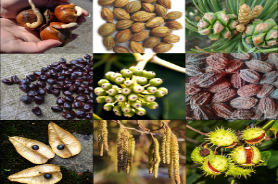





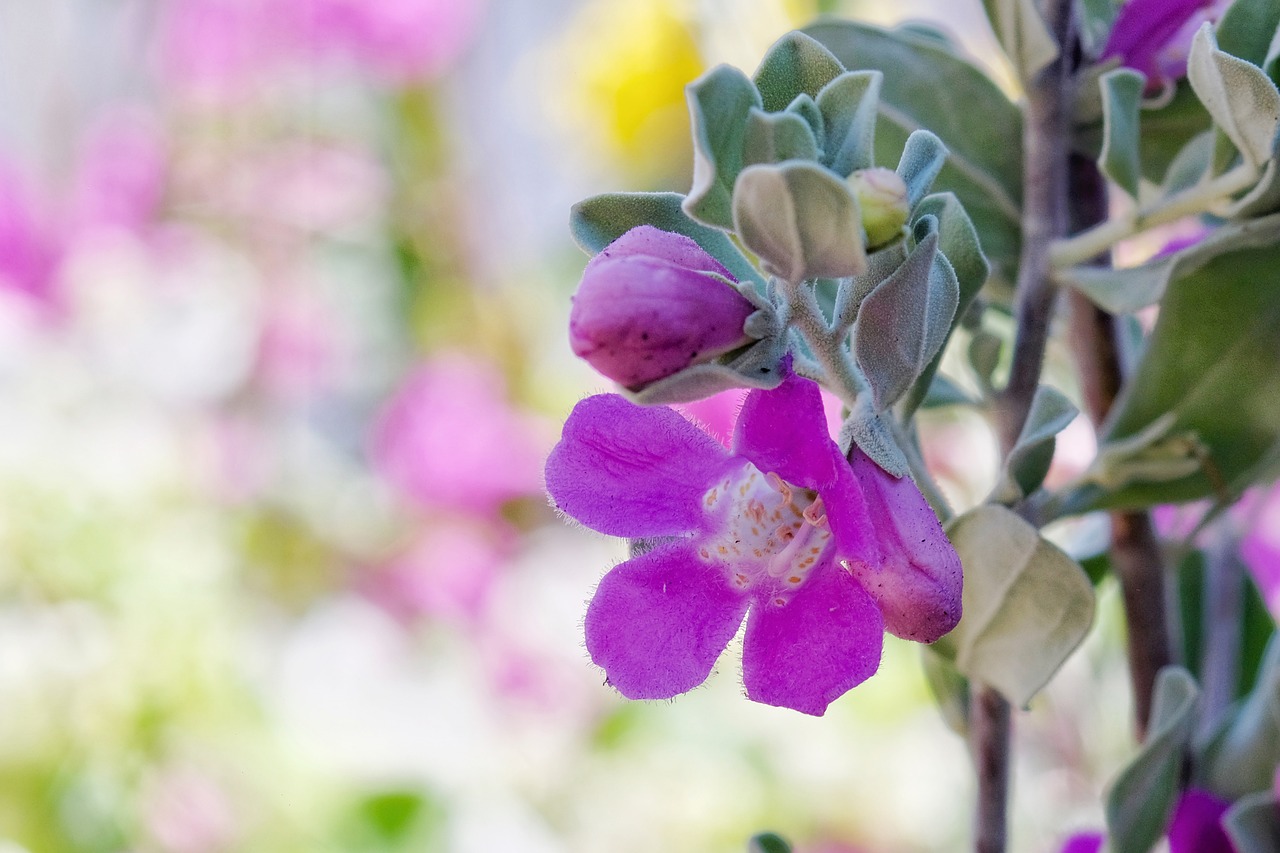

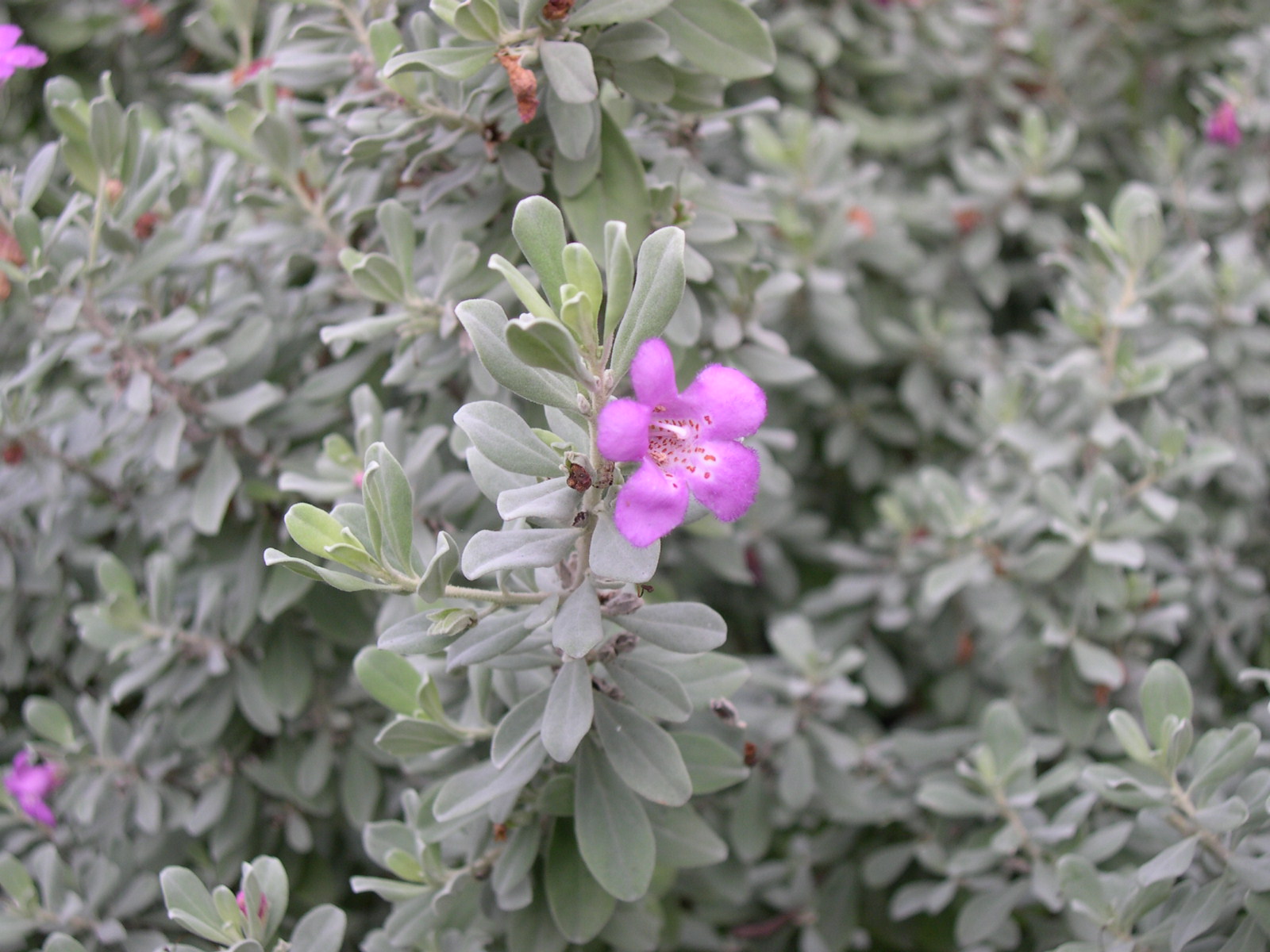
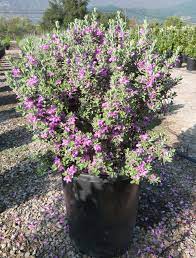
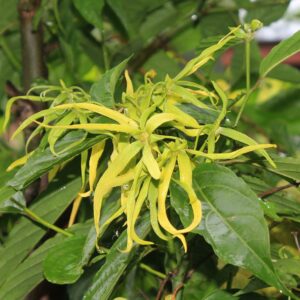
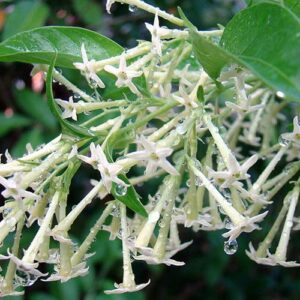


Reviews
There are no reviews yet.